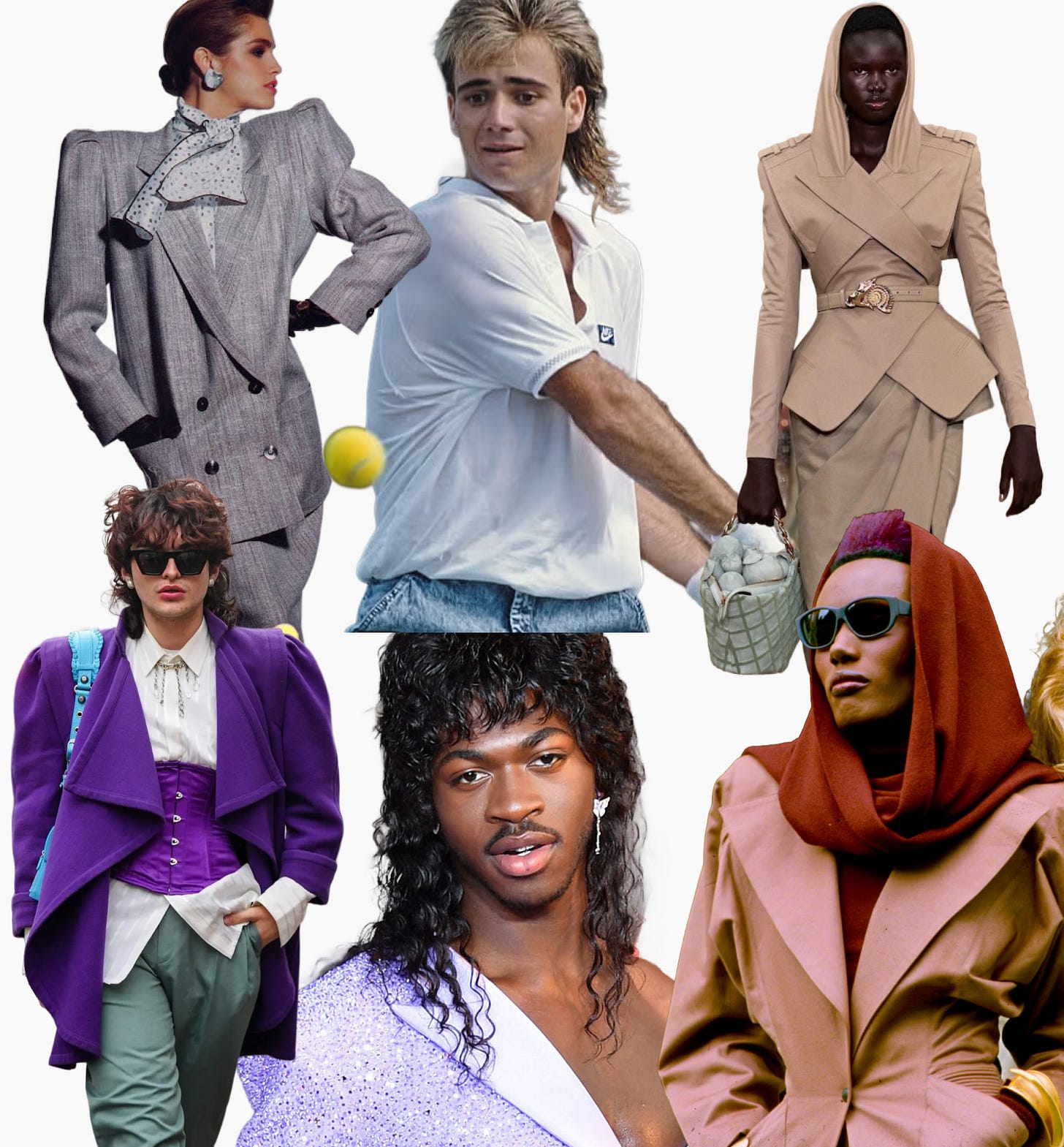On Taste
Why do we like what we like?
Weighty tomes have been written about aesthetics. Since the dawn of civilization philosophers have been eager to define what beauty is.
Plato thought it was an ideal “Form” that exists beyond the physical world; Confucius considered that aesthetics should unite beauty and goodness; St. Thomas Aquinas understood beauty to have three conditions: integrity, proportion and brightness.
Well, I’m no philosopher, but here’s my two cents: there is no one universal definition of beauty that’s applicable for all ages, cultures and peoples.
This doesn’t mean that there are no objective elements that make something beautiful, I’m not a complete relativist. We’ll get to that, but first let’s talk about what is considered “good taste”.


Trends reflect cultural values
Imagine what was considered tasteful in 18th-century France.
The royal court was the center of refinement. The women wore poufs: elaborate hairstyles often decorated with feathers or flowers, which would reach almost a meter in height!
Men wore wigs, and heels were de rigeur for royals. Only people close to Louis XIV, could wear their heels with red sole to signify their status (this inspired Christian Louboutin). Men and women applied white powder to their faces as being pale signified a life of leisure.
Today we would be absolutely ridiculed if we went out wearing 18th-century French robes. But trends still work the same way, as time goes by, social consensus of what is beautiful changes, we just feel it as a natural development.
We still internalize so much of what we consider beautiful or tasteful through trends. Instead of developing a personal style, we usually default to the gatekeepers (traditional media before— now, brands and influencers) delineating what is cool and what isn’t.
The 80s for me is a very unfortunate fashion period. Good taste was over-the-top mishmash of patterns— polka dots with animal print with neon hues. Acid-washed jeans, shoulder pads, leg warmers and most disturbing of all: mullets.
Forty years (!) passed and I smiled in relief as that dark age was over. Yet, as trends do, oversized shoulders started popping up, then bright colors and mishmash, then, to my horror, the mullet came back.
Now I can’t walk five blocks in Madrid without seeing a youth wearing what is perhaps the worst hairstyle we’ve ever created. It’s fashionable now.
It got me thinking. Do we even like the clothes we wear? Are we just passive consumers of what is in vogue? Is it a coincidence that suddenly we are all really enamored with baggy stuff?
Fashion is a good example because trends are faster and more visible, but this applies to other arts. Think of contemporary art, music, architecture, film... Remember that artworks are cultural products. They represent the values of an age.
If we are not careful we might simply pass the same judgment as what is in vogue, instead of what we as individuals consider beautiful or important.
Beware of other people boxing you in
If trends are the mainstream’s way of imposing aesthetic values, labels are their way of boxing you in.
The easiest way to stop exploring and changing your mind is by putting yourself in a box—especially now that labels are particularly potent and so many behaviors seem to be attached to them.
Sure, they can be a good way to experiment, to get to know people with similar values or interests, but group think is a powerful force. Slowly, we might feel pressure to act in accordance with that label or group: to only like what they like, to think how they think.
Remember: you don’t have to like what your group likes.
Labels are other people’s way of making you legible. They want to reduce your complicated self to a simple signifier so they can fit you inside their worldview.
We all tend to do it, it’s a way of filtering our experiences and not be overwhelmed. Obviously I don’t want to get to know the inner depths of my bank teller, or the customer service representative to whom I’ve been talking for an hour.
Yet, we don’t need to make it easier for anyone. We don’t need to diminish or simplify who we are or what we like—and don’t like.
Trends and labels unconsciously put on guardrails. They say “this is what you should like”, “this is what people like you behave”. Why would we internalize an external label and make it part of our identity?
So instead of using them as ways to fit in, let’s stand out. Let’s embrace all the multiple, seemingly conflicting identities that coexist within us.
Beauty is subjective but the quest for beauty is universal
The fact that trends and labels are so influential in our life is telling of a larger, deeper phenomenon: we all want beauty in our life. It has been a constant across millennia, since our ancestors painted stylized figures in caves.
And I’m not a total relativist. There are some constant, general principles that beauty possesses: harmony, symmetry, proportion, balance, naturalness, etc.
It’s just that those values are interpreted differently by different people in different eras. They respond to the tensions and values of an age.
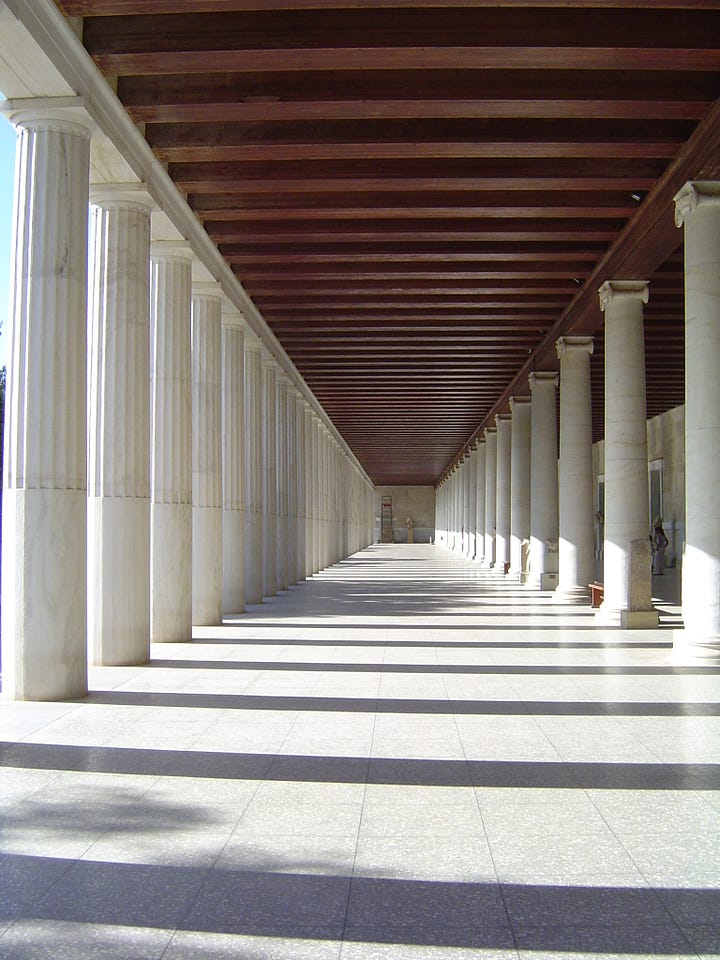
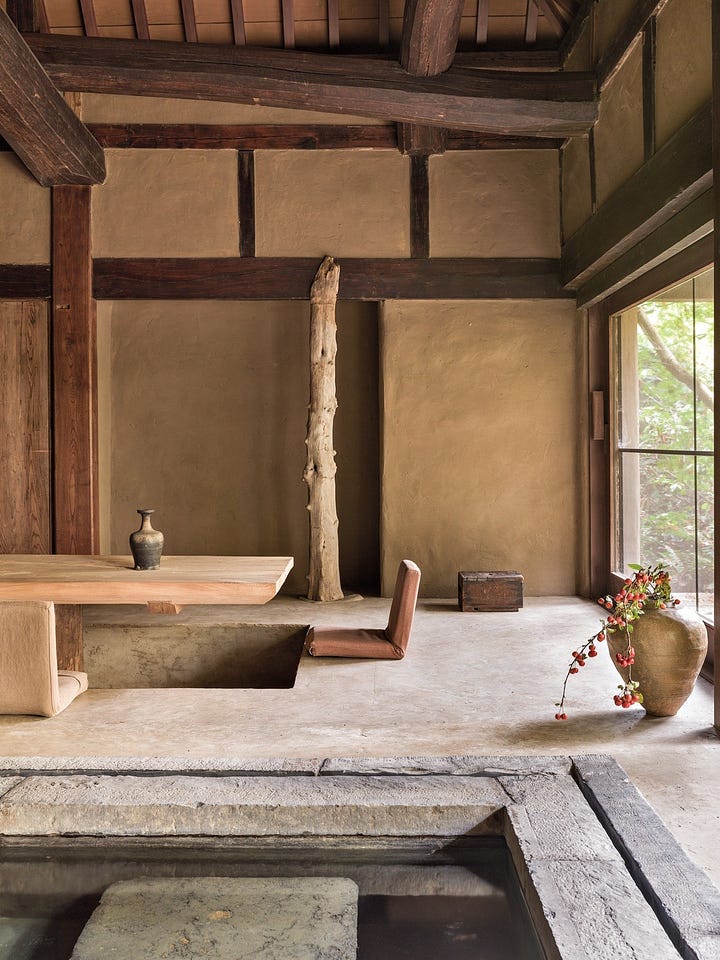
There’s two processes at work: the quest for beauty and the cultivation of taste.
The quest for beauty is outward looking. You go and find things that you consider beautiful.
The cultivation of taste in inward looking. It’s about your standards, or sensibilities regarding what is beautiful or valuable.
The important thing is to deepen your relationship with what you find beautiful, but in order to do that you need develop your capacity to judge it as such, to define something as valuable and important; to cultivate your taste.
This is what I want to talk about.
Taste is individual
Taste is intrinsically linked to authenticity.
Authenticity comes from the Greek authentes: “one acting on one's own authority”. When you cultivate your taste, you develop your capacity for discernment. You judge a thing and declare if it’s good or bad, beautiful or ugly, interesting or boring.
Taste always implies having a point of view. Drawing a line in the sand. Saying to the world: I like this, I think this is important.
Obviously, expressing your authentic preferences can be uncomfortable, so people often default to what's popular, trendy, or prestigious.
Yet whenever I meet someone who has a distinctive personal style, who genuinely expresses their individuality—I can’t help but be inspired. Even if their choices or creations don’t align with my own taste, I respect it.
This isn't about rejecting popular opinion outright but about making choices that align with who you truly are. Cultivating your own taste means engaging with the world in a way that is meaningful to you, allowing your passions and values to shine through.
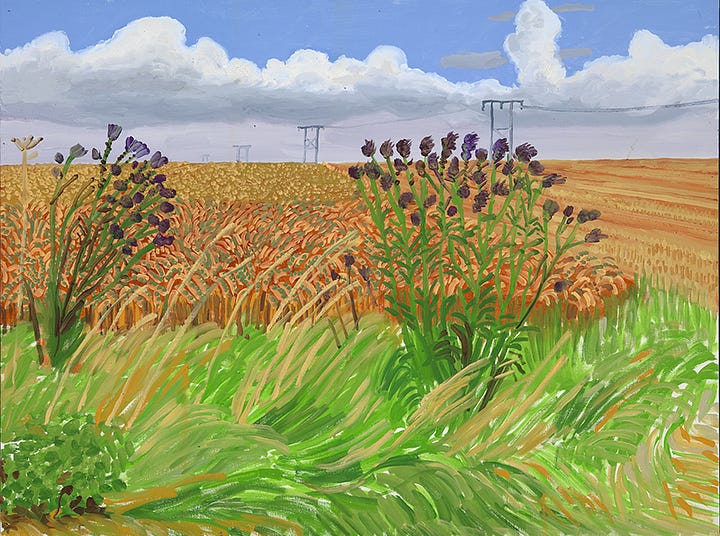
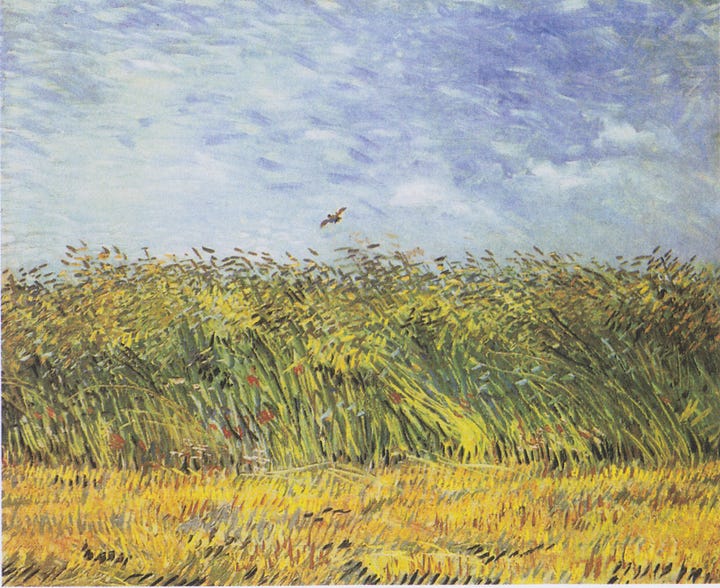
How to cultivate taste?
For me taste is a type of knowledge. It is not rational per se— it’s subjective, immediate, based on the senses. We don’t think that things are beautiful, but rather we “sense” they are. We rely on our senses to say if a pasta is delicious, a painting ugly, or a spoon beautiful.
But that sensibility can be cultivated, nurtured. And you do this first by experimenting a lot: reading widely, trying different outfits, creating objects, tasting things.
Once you build up your sensibility, you’ll notice patterns or insights about what resonates with you, and you’ll be able to discern between the things you like and don’t like.
By actively seeking out what resonates with you, you develop an inner compass—a sort of intuition—that guides your preferences and leads you to what you find beautiful and valuable and true.
Taste then becomes a personal journey of discovery.
We are what we pay attention to
Cultivating taste goes deeper than aesthetics; it's about finding meaning, not just beauty.
In a world shaped by AI, algorithms, and influencers, having your own sense of taste will become essential.
Without it, you could live a life of conformity. Where every opinion, every idea, every value you have was implanted by others.
Your reality is shaped by what you pay attention to. What you focus on is what you eventually work in. The books you read, the content you watch, the food you eat, the objects that surround you will nurture or drain you.
That’s a good thing.
You get to choose what you pay attention to. You get to pursue what you find interesting and valuable. You get to surround yourself with beauty and meaning.
The first step is realizing you are in charge.

postscript 📮
Ok, I’ve got two good questions for you:
What would your life look like if you intentionally chose what you pay attention to?
What are the things you've chosen to surround yourself with, and what do they say about who you are?

